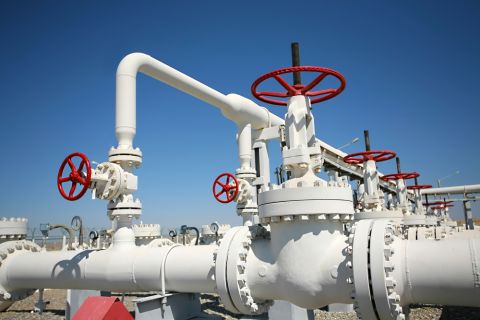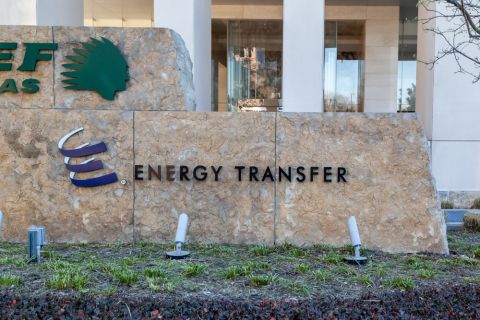Presented by:
Oil and Gas Investor editor-at-large Nissa Darbonne recently moderated Stephens Inc.’s investment banking energy midyear webinar, “Capital Thinking: Energy Insights for Today’s Market,” that spotlighted major energy investment banking developments and trends that may shape the sector in months and years to come.
The topics discussed include natural gas demand, ESG and private equity consolidation as well as A&D outlook and high-yield market trends.
The participants were Keith Behrens, head of the energy investment banking team at Stephens, who was joined on the panel by his colleague, Brad Nelson, managing director of energy investment banking. Also speaking was Holt Foster, co-leader global energy practice group at Sidley Austin LLP, and Jeff Bartlett, partner at Pontem Energy Capital.
What follows is a transcript, edited for length and clarity.
Natural gas demand
Nelson: This story is coming in a year later than what we had expected. When we were in March, April, May, June of last year, COVID as an acronym was so brand new, we didn’t know how long it was going to last (and) LNG activity export was picking up substantially. We really thought that this story was going to happen this time last year. It’s basically delayed. It’s anyone’s guess as to how long this lasts.
All the demand side factors that are going into that part of the equation look really good at the moment, for the next year or two. Supply is finite. You’ve got about 60%, 65% of the rig count on the gas side of the equation in the Haynesville Shale and then the balance being in the Utica and Marcellus shales, and the rig count has gone up substantially in the last year or so. The industry is doing what it can on the supply side.
Demand is actually picking up, and what we’re seeing with some of these other parts of the world waking up out of COVID are huge demand drivers for natural gas. So, barring anything unforeseen at the moment, we think the demand side of the equation is going to be very strong for gas for the next year, too.

ESG and Biden administration
Foster: With this new regime that’s come in, there’s been a new edict from up top. The Biden administration wants to focus on a carbon neutral footprint, and he’s trying to attack that in a number of ways. The first way is his moratorium on drilling. That’s been a little bit of a Whac-A-Mole. When Biden came into office, he issued an executive order that put a restrictive overlay on a state-by-state basis as to the number of leases on federal lands that could be prospectively acquired by people in the private equity world. That was challenged in court, but it resulted in a disproportionate application.
For example, New Mexico was able to issue a number of federal leases while Wyoming could not do it. It was challenged in the courts, and the court said you have to apply evenly. So Biden followed up with an executive order that was a flat ban against prospective leases on federal lands. That, again, was challenged in the courts. And what the court said was that Biden’s executive orders had gone beyond his authority. The 1920 Mineral Act on its face says that these auctions must be held monthly, so the only way that can be changed is Congress has to enact a bill.
But the big question is, you would think that people would vote in Congress according to party lines, and therefore in both the House and the Senate, the Democrats would be able to pass that reform. However, there are a lot of Democratic senators and congressmen who come from states that rely heavily on the revenues from those federal leases, such as New Mexico. So whether or not there will be a longterm ban on federal leases and how long and to what extent, that’s still up in the air.
Additionally, Biden has tasked his Cabinet to come up with ways to address the carbon and methane byproducts of the hydrocarbon industry. We’re expecting more regulatory action to come down the line on that. But it’s not at the federal level, it’s also at the states. On a state-by-state basis, there are additional regulatory overlays on fracking, water, environmental flaring, that these private equity and portfolio companies and public companies are all trying to navigate.
There’s word on Capitol Hill about a possible carbon tax, as well as ESG reporting in both public and private companies. So as a result of that, even with climbing oil prices— people are transacting, which is nice to see—but it’s definitely put a chill on the upside on federal lands. It has a number of people exiting the industry because of the ESG backlash as well as regulatory regime navigation. But it’s also created some opportunities on the renewable side.
One thing that could create a ripple throughout the M&A industry is this recent Fieldwood bankruptcy case. It came down in Texas recently in which a company went through a second bankruptcy, and the bankruptcy court ruled that in conjunction with that bankruptcy, that company could shed its plugging and abandoning (P&A) obligations. What does that mean for M&A? Now, this was an offshore instance, so the first question is, does it only apply in offshore scenarios, or does it also apply in onshore scenarios? But even a bigger issue is, in states such as Texas and Louisiana that have a chain of title liability for P&A obligations, that means there could be a blowback on sellers who are selling their land to a company if that company can shed that P&A obligation on exit. That means a seller would then have to reacquire the P&A obligation.
This could put significant issues on M&A terms such as letters of credit that the seller would require the buyer to put up or escrow accounts, etc. It could make navigating an M&A transaction a little bit more difficult and a little bit more expensive.
Nelson: Whether you’re talking to a private equity source or a commercial bank, whether they’re private or public, they all have shareholders and LPs (limited partners) that they have to adhere to. So in the last year and a half, if not further back, they have all, behind closed doors, tried to figure out what their ESG strategies are relative to carbon emitting strategies.
So, that is going to be a very unique and different answer by bank. My opinion is that some of the banks that are leaving the industry right now, it’s more of a factor of them having lost money. The last four, five or six years have not been kind to banks or any capital contributors. The banks that we’re seeing that are either reducing their exposure or leaving altogether, from our perspective, have to do more with the economic side of the equation than the green side of the equation.
PDP value
Bartlett: There was a period of time when there was absolutely no value ascribed to any upside, a time of very low commodity prices on both oil and gas. In those low commodity price environments, there’s no motivation to drill, and the economics are not supportive. Therefore, things were trading PDP (proved developed producing) PV15, I think, generally.
As the market recovered and commodity prices increased modestly, we pivoted out of that and we acquired Ovintiv’s assets. We announced the deal and signed the PSA (purchase and sale agreement) a few months back, and at that time we paid 20% or so based on upside, and then 80% on PDP.
For PDP-centric packages, we went up from PV15 in the second or third quarter of last year, and by the first quarter of this year, that was PV12. And today it’s PV8. In 2019, 15% of the aggregate value of transactions was ascribed to upside, 85% to PDP. And then in 2020, it went to 10%, so even tighter, more focused on producing cash flow. 2021 year-to-date, nearly 50% of the value of A&D collectively is being ascribed to upside, so paying for the right to drill in the future.
When you have an increase in oil prices, you get more opportunities to drill your upside wedge. I really do think we’re in a day and night difference between a year ago today.
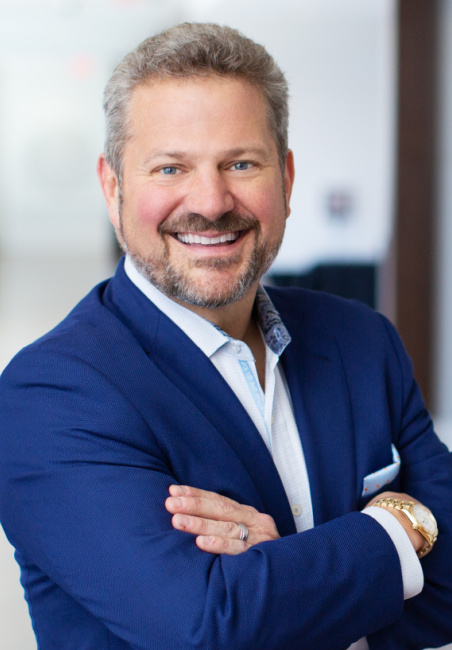
First-half 2021
Behrens: The first half of the year’s been great for the energy sector. Oil prices are up 55% year-to-date, gas prices are up 46% (and) A&D volume is up 148%. Corporate upstream M&A volume is up 34 times for the year-to-date versus last year. So this year there’s already been $29 billion in corporate M&A deals versus about $1 billion last year.
Upstream high-yield offerings are up 172%. and then upstream public equity offerings are up 79%. And energy has been the top-performing sector in the S&P 500 year-to-date, so a great first half the year.
In our group in particular, we’ve noticed a huge uptick in transaction volume. We’re currently working on 24 engagements right now, which is an all-time record for us. I see more of the same for the second half of the year. We will be busy in execution mode, trying to get those engagements closed.
Nelson: The momentum through the first half of the year has been substantial. Our activity has picked up a lot. We know that industry activity has picked up a lot. The overall M&A and A&D activity is very robust, and it’s increasing. It really started to ramp up in full mid Q2 (second quarter). We saw quite a few deals announced in early Q2 into later Q2. And there are a lot of conversations happening as we speak. So I think that, in the back half of the year, you’re going to see A&D and M&A activity continue at the pace that we’re at right now.
Going back to 2020, the fact that we had COVID, that we had OPEC and Russia posturing, and then the election, the industry had so much headwind that put M&A activity at a standstill. That bulk of activity that we saw in 2020 was really more for opportunistic M&A here and there but not what we would consider normal M&A and A&D.
Activity has picked up substantially, and we expect it to continue in the back half of 2021.
A&D outlook
Nelson: A lot of people are thinking that demand, as the global economy recovers, could be really strong in the back half of 2021 into 2022 and 2023. Now, that’s all out the window if we have a broad resurgence of COVID, but based on what we’re seeing today, demand looks strong. That is what is driving a lot of this A&D activity. Anybody picking up assets, it’s a four or five, six-year outlook. It’s not a quick period of time.
Bartlett: I don’t see higher oil prices leading to an impasse between buyer and seller. You’ll see a continuation of activity. You’ll still have open equity and debt capital markets in that scenario. Higher prices, inflation on service costs are going to eat into that. But it’s always a laggard, and there will still be a lot of incremental margin for people to get excited to pay for.
On certain assets you can always hedge 80% two or three years out and get comfort in the price that you’re paying. Maybe don’t lean into it quite as hard at $85 oil as you would have at $60 oil, but you can still transact. There will still be really motivated sellers that have great results and happy to print big winners.
Foster: One of the drivers we need to realize is there’s a significant amount of pent-up demand for A&D. You have a huge group of private equity funds that are long in the tooth on various investments, and they have their LP (limited partner) base that are demanding, “Hey, I need a return on my investment, I need to get some cash back.” So a big driver too is that, “We’ve seen how quickly the market can turn, we’ve even seen oil go negative, so let’s go and take advantage while we can get it.” Pigs get fat, hogs get slaughtered.
Plus, a lot of these private equity funds are looking at the long-term viability of their franchise and realize that to have their next fund come to a successful closing and raise adequate capital, they need to return money. So there’s enough tailwinds that would encourage continuing to transact even at $85 oil.
Behrens: Another point is that oil is an inflation hedge. There could be hedge funds looking at putting money into the space because they view oil and gas as an inflation hedge.
A gradual pickup in prices is fine (for A&D activity). Erratic moves one way or the other are what cause activity to slow down. But if it gradually goes up, I don’t think that’s going to hurt A&D volume.
When we track all the five-plus years in older portfolio companies of private equity funds, there’s a ton of them out there that missed the window. Previously, there wasn’t an IPO market to exit into, though those companies need to get sold at some point. A lot of private equity-backed businesses are taking advantage of higher prices and looking to sell right now. So there’s going to be a healthy A&D market for some time to come.
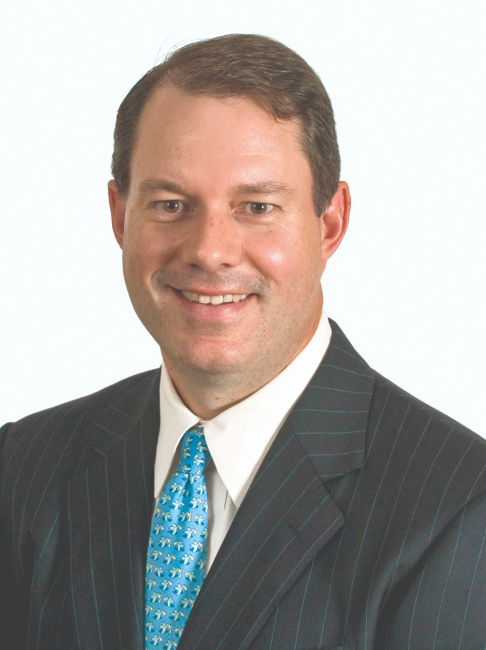
Private equity consolidation
Foster: During COVID and also in the pre-COVID price downturn, you were seeing private equity funds being laser-focused on G&A, efficiencies and cutting costs. As a result of that, we saw a significant number of combinations, consolidations (and) “cram cos” for private equity funds to cut costs, get efficient G&A, have scalability as well as optionality down the road when the market came back. So on the consolidation side, the egg has gone through the snake, so to speak.
Instead of consolidation, what you will see—if there are still some problem children in the portfolio companies—private equity funds decide to go ahead and cut their losses and take advantage of a hot market and have an exit transaction with those assets, as opposed to further consolidation.
On deal activity, price stabilization plus ESG have made it clear that companies are open for business. And it’s being driven by a change in philosophy on both ends of the spectrum. On one hand, you have traditional oil and gas investors who have looked at these ESG headwinds and listened to their investors and said, “You know what? Elvis is leaving the building; we’re exiting the market.” They’re going to go ahead and liquidate all of their hydrocarbon assets and focus on other industries.
On the opposite end, you have the counterculture folks that are saying, “Hey, the increasing demand compounded by the lack of supply over the next couple of years is a huge opportunity for me. So while I have historically not been in hydrocarbons, I’m going to invest because it’s a once-in-a-lifetime opportunity.”
Then you have the traditional private equity funds, who are long in oil and gas and still believe in the thesis, but they want to expand their mandates to include renewables. That’s new opportunities for them, for renewables that are both adjacent to or in lieu of the oil patch. The rise of the stock market has given these publicly
traded companies some stock currency in order to transact. So you’re seeing tons of M&A where people are opening data rooms and actually transacting as opposed to kicking tires or trying to catch lightning in a bottle.
But you’re also seeing more creative stuff. You’re seeing a bunch of SPACs (special purpose acquisition companies), you’re seeing securitization (and) you’re seeing high-yield debt to get revenues that they can distribute to their LPs. So this is a frothy market, and it’s not one type of transaction. It’s very energizing, engaging and creative.
Bartlett: Kayne (Anderson) and EnCap (Investments) are really the leaders in the smash-co game and laser-focused on G&A, getting the number of portfolio companies more rightsized with the amount of capital that they’ll have access to going forward.
I’ll reiterate a statistic I’ve quoted a few other times, saying there’s $60 billion of available capital for the upstream space, and that’s shrunk to $10 billion collectively, EnCap having the largest hunting license of those. We’ve gone through 18 months at least, maybe 24 months-plus, worth of consolidation of the portfolio companies, and maybe there’s a third as many as there were at the peak. That game’s played out.
KKR is the latest one to take a huge approach and not only consolidate into one management company, but then also to reverse merge into Contango and take that public and access that market.
We’ve got pretty strong commodity prices right now, but I don’t think you increase the number of portfolio company management teams until you raise a bunch of money from LPs, and I don’t see that happening.
Nelson: A lot of cleanup and cost-saving (happened) all throughout 2020 and even into 2021, and to some degree is still happening today although a lot is behind us. Coming out of the last two down cycles—2015 to 2016 and 2009 to 2010—private equity came back with a full head of steam. Lots of activity and lots of new companies being formed across all basins. This time, it seems like it’s a bit different. In general, the private equity sources seem to be more selective than maybe the last couple of go-rounds. They seem to have their own unique specific views as to what kind of rock they want their capital to go to.
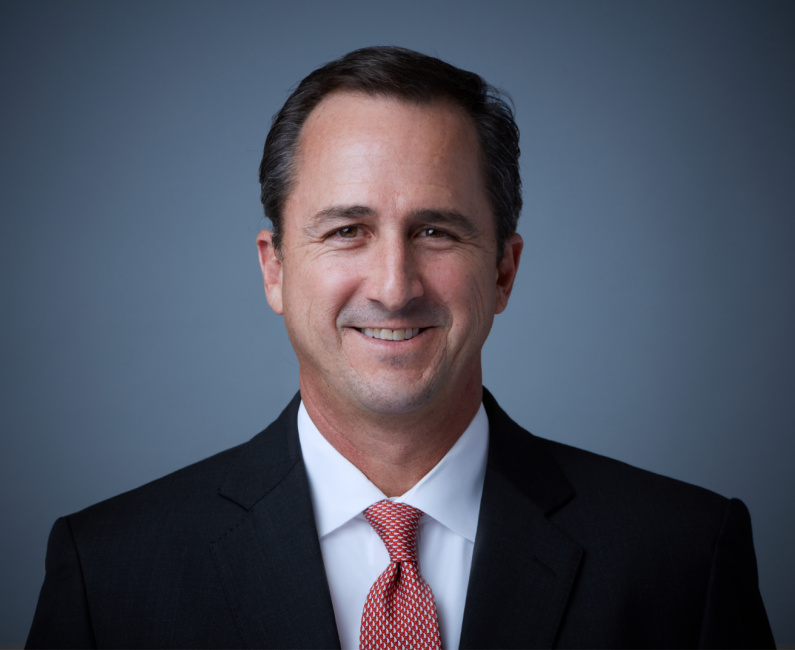
You hear a lot about the core of the core of these various basins. They really seem to be trying to fill a hole or a puzzle piece, if you will, relative to what they already own. So in general they’re being more selective.
I would also say that they are looking for very experienced management teams that have worked together two, three or four times in the past. That is a trend that we’ve seen in the past couple of years and even more so at this point in time.
Public capital interest
Bartlett: The equity capital markets are as open as they have been in recent history. You had such a poor performance in our industry for so many quarters in a row and some statistics that make everybody embarrassed of our industry. And then you fast forward to this year, you have equities and energy leading the pack, really constructive commodity prices and very disciplined management teams that aren’t going to drill into this but are instead going to focus on free cash flow, duration and dividends paying out cash back to the shareholders.
So the industry has truly learned a lesson and is behaving differently now. The equity capital markets should improve here going forward over time.
Going forward, it’ll be open, but it’s not open as a solution for private equity. Private equity management teams that want to IPO—that’s a pipe dream. The market’s not going to take another SMID (small- and mid-cap) that’s undersized and not in a strategic place the equity capital markets want to support. Instead, where it is open, where it will be constructive, is in big public companies that are looking for bolt-on acquisitions and acquisition financings.
You’ve seen an amazing compression in the delta between nonenergy, high-yield pricing of bonds and upstream E&P and midstream-focused bonds. You’ve had a compression of like 500 or 600 basis points down to almost zero, maybe it’s 50 basis points.
Energy, as commodity prices have risen, as access to capital has happened, as it has more upside to offset the inherent decline, and you have management teams that are underspending their free cash flow, a lot of those good things have brought our industry back into favor with the high-yield investors.
There’s still a gap for some of the smaller names. The bigger names have 3% to 5% cost of capital yield bonds. Some of the single B-rated names still have to offer a couple hundred basis points of nonenergy high yield to attract interest.
But we still think that it is a constructive market, and we think it’ll be constructive for quite some time here.
Recommended Reading
Wayangankar: Golden Era for US Natural Gas Storage – Version 2.0
2024-04-19 - While the current resurgence in gas storage is reminiscent of the 2000s —an era that saw ~400 Bcf of storage capacity additions — the market drivers providing the tailwinds today are drastically different from that cycle.
Ozark Gas Transmission’s Pipeline Supply Access Project in Service
2024-04-18 - Black Bear Transmission’s subsidiary Ozark Gas Transmission placed its supply access project in service on April 8, providing increased gas supply reliability for Ozark shippers.
Kinder Morgan Sees Need for Another Permian NatGas Pipeline
2024-04-18 - Negative prices, tight capacity and upcoming demand are driving natural gas leaders at Kinder Morgan to think about more takeaway capacity.
Scathing Court Ruling Hits Energy Transfer’s Louisiana Legal Disputes
2024-04-17 - A recent Energy Transfer filing with FERC may signal a change in strategy, an analyst says.
Balticconnector Gas Pipeline Will be in Commercial Use Again April 22, Gasgrid Says
2024-04-17 - The Balticconnector subsea gas link between Estonia and Finland was damaged in October along with three telecoms cables.




